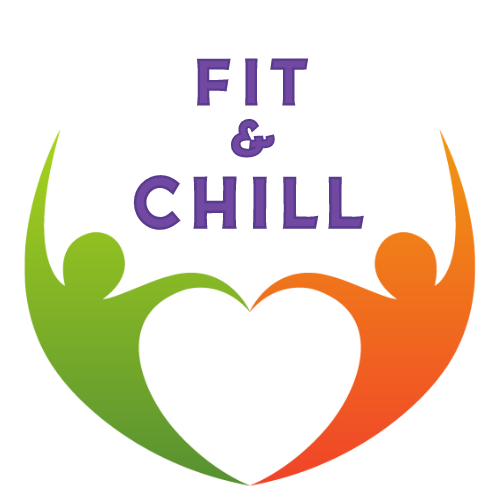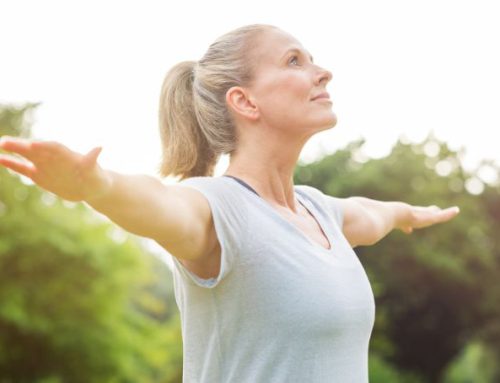Benefits of The Single Leg Sit Up (Toe Touch)
- Core Strength: This exercise targets the entire core, including the rectus abdominis, obliques, and transverse abdominis, helping to strengthen and define these muscles.
- Improved Balance and Stability: Lifting one leg challenges your balance and stability, engaging additional stabilizing muscles throughout the body.
- Hip Flexor Flexibility: The sit-up motion helps improve flexibility and mobility in the hip flexors, which can become tight from prolonged sitting or lack of movement.
- Functional Movement: This exercise mimics real-life movements such as getting out of bed or up from a seated position, making it a functional exercise for daily activities.
- No Equipment Needed: “Single Leg Sit Up (Toe Touch)” can be performed without any equipment, making it a convenient exercise that can be done anywhere.
Tips for Beginners:
- Start Slowly: Begin with small, controlled movements and focus on mastering proper form before increasing the intensity or range of motion.
- Engage Your Core: Focus on engaging your core muscles throughout the movement to stabilize your torso and protect your lower back.
- Use Your Breath: Exhale as you perform the sit-up motion and reach towards the foot, and inhale as you lower back down to the starting position.
- Keep Shoulders Relaxed: Avoid tensing your shoulders or neck during the movement. Keep them relaxed as you perform the exercise.



Leave A Comment